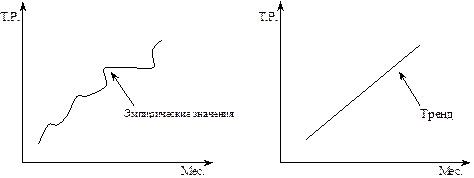Control Engineering
Engineering is concerned with understanding and controlling the materials and forces of nature for the benefit of mankind. Control system engineers are concerned with understanding and controlling segments of their environment, often called systems, in order to provide useful economic products for society. The twin goals of understanding and control are complementary because, in order to be controlled more effectively, the systems under control must be understood and modeled. Furthermore, control engineering often must consider the control of poorly understood systems such as chemical process systems. The present challenge to control engineers is the modeling and control of modern, complex, interrelated systems such as traffic-control systems, chemical processes, and robotic systems. However, simultaneously, the fortunate engineer has the opportunity to control many very useful and interesting industrial automation systems. Perhaps the most characteristic quality of control engineering is the opportunity to control machines, and industrial and economic processes for the benefit of society. Control engineering is based on the foundations of feedback theory and linear system analysis, and integrates the concepts of network theory and communication theory. Therefore control engineering is not limited to any engineering discipline but is equally applicable for aeronautical, chemical, mechanical, environmental, civil, and electrical engineering. For example, quite often a control system includes electrical, mechanical, and chemical components. Furthermore, as the understanding of the dynamics of business, social, and political systems increases, the ability to control these systems will increase also. A control system is an interconnection of components forming a system configuration that will provide a desired system response. The basis for analysis of a system is the foundation provided by linear system theory, which assumes a cause-effect relationship for the components of a system. Therefore a component or process to be controlled can be represented by a block as shown in Fig. 1. The input-output relation represents the cause and effect relationship of the process, which in turn represents a processing of the input signal to provide an output signal variable, often with a power amplification. An open-loop control system utilizes a controller or control actuator in order to obtain the desired response as shown in Fig. 2. In contrast to an open-loop control system, a closed-loop control system utilizes an additional measure of the actual output in order to compare the actual output with the desired output response. The measure of the output is called the feedback signal. A simple closed-loop feedback control system is shown in Fig. 3
Figure 1. Process to be controlled.
Figure 2. Open-loop control system.
Figure 3. Closed-loop feedback control system.
A standard definition of a feedback control system is as follows: A feedback control system is a control system that tends to maintain a prescribed relationship of one system variable to another by comparing functions of these variables and using the difference as a means of control. A feedback control system often uses a function of a prescribed relationship between the output and reference input to control the process. Often the difference between the output of the process under control and the reference input is amplified and used to control the process so that the difference is continually reduced. The feedback concept has been the foundation for control system analysis and design. Due to the increasing complexity of the system under control and the interest in achieving optimum performance, the importance of control system engineering has grown in this decade. Furthermore, as the systems become more complex, the interrelationship of many controlled variables must be considered in the control scheme. A block diagram depicting a multivariable control system is shown in Fig. 4. A common example of an open-loop control system is an electric toaster in the kitchen. An example of a closed-loop control system is a person steering an automobile (assuming his or her eyes are open).
Figure 4. Multivariable control system.
Read and translate the text into Ukrainian at home. Get additional information from the Internet. Give more details and your own comments concerning the analysis and design of goal-oriented systems. Consult “Modern Control Systems” by Richard C.Dorf, University of California, Davis, if necessary.
|









